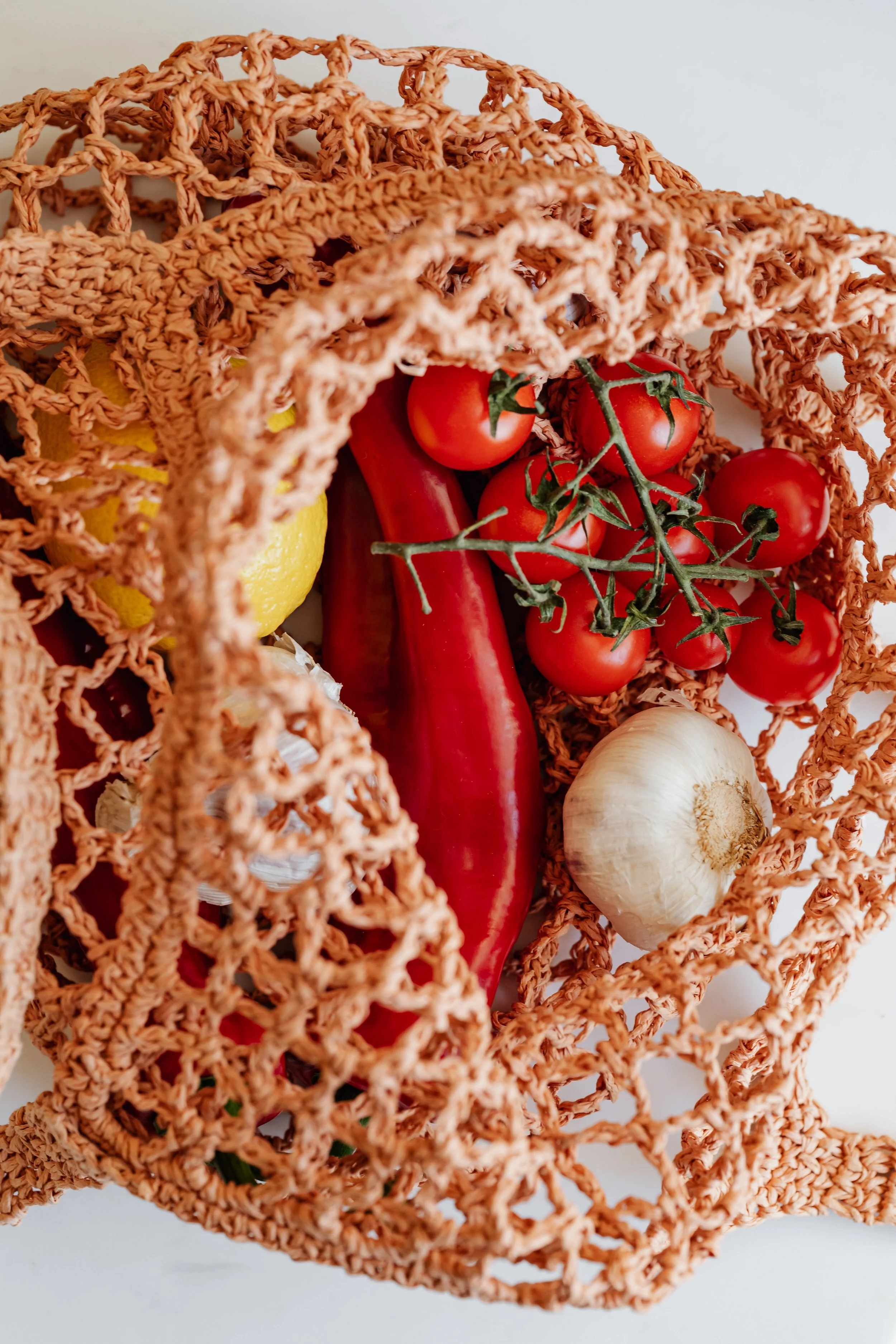Thinking of a Sustainable Diet? Here’s What That Actually Looks Like
There are numerous reasons why more people are exploring sustainable eating these days. If you're concerned about our global environment or contemplating making positive health changes, it's worth considering. But what does this transition actually entail, what options do you have, and most importantly, are you genuinely making a difference?
Here are the facts:
What is sustainable eating?
Sustainable eating involves making daily food choices that have minimal negative impact on the planet. A sustainable diet is generally plant-based and has a low impact on the environment and food supply.
There are no strict rules, and when it comes to deciding what to eat and how often, sustainable eating allows for some flexibility and personalization.
What does a sustainable diet include?
According to the World Health Organization (WHO), food production accounts for 20–30% of global greenhouse gas emissions and up to 66% of water usage. A significant portion of this, they assert, comes from the production and distribution of foods like meat, dairy, eggs, and processed foods.
Animal products require more land and water, meaning their production costs the planet more and could negatively affect the global food supply in the long term.
“Overall, studies concur that plant-based foods cause fewer adverse environmental effects per unit weight, per serving, per unit of energy, or per protein weight than does animal source foods across various environmental indicators.”
- The EAT-Lancet Commission
Photo by Karolina Grabowska | Pexels
do I have to go 100% vegetarian to eat sustainably?
Generally, not entirely. While vegan and vegetarian diets are more sustainable than those that include meat and other animal products, there are options when transitioning.
You can opt for a flexitarian diet, where you reduce your intake of red meat, dairy, fish, and packaged food but occasionally include animal products in your meals. The frequency and quantity are mostly up to you, but the general rule is: the less, the better.
Other approaches include committing to eating locally, which reduces your "food miles" by shopping locally, decreasing food deliveries, eating seasonally, and supporting local economies and small farms.
what else is there to consider?
What you eat and how often is just as important as how you dispose of your food. A significant aspect of sustainable eating is minimizing food waste as much as possible, as it's one of the largest contributors to greenhouse gas emissions. Uneaten food decomposes in landfills and releases methane gas, one of the most potent greenhouse gases.
One simple way to help reduce waste is meal planning: outlining what you need to cook and eat every week/month, shopping only for what you plan to use, and consuming leftovers before they spoil.
Bottom line: There’s no definitive formula for sustainable eating; the most crucial factor is considering the potential impact of your meal choices on the environment and yourself as an individual.
For sustainable eating to truly have a significant impact on an area, country, or region, it needs to be a habit adopted by more than just a few individuals. However, it can have a personal impact, particularly in terms of health and nutrition.

